Landscape and Creativity Part 1: Hierophany
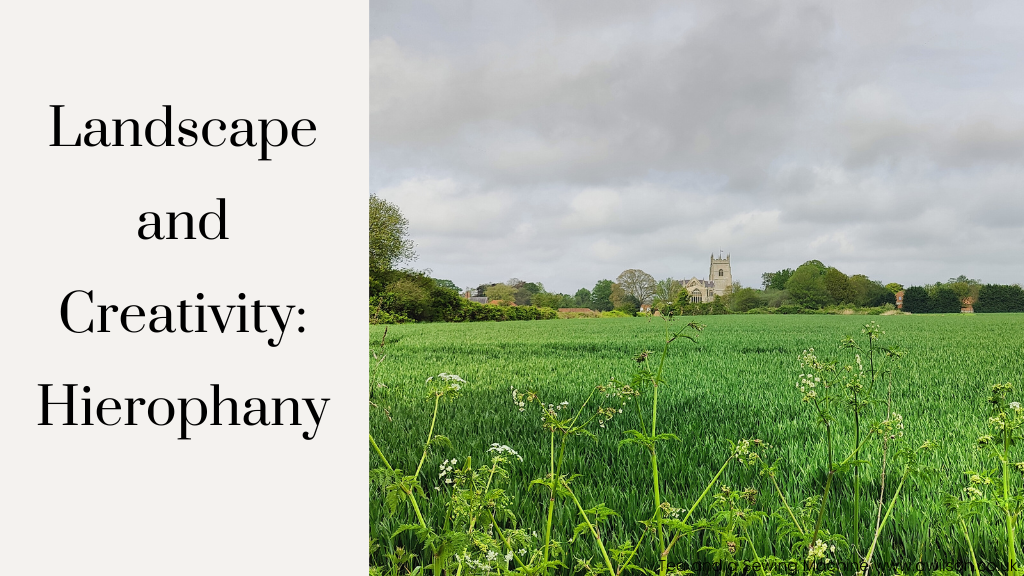
Recently I’ve been reading a book called Enchantment: Reawakening Wonder in an Exhausted Age by Katherine May (this is an affiliate link). Both the title and some of the reviews make it sound like it’s a book full of bonkersness, but it’s not. It’s a beautifully written book about the author’s search for a sense of meaning that she feels has been lost. She describes it as something that lies at the edge of our consciousness and is only noticeable by its absence. In the post pandemic world, where buying yet more stuff is seen as the solution to all life’s difficulties, and we’re endlessly distracted by our phones, it’s something we need more than ever, but how on earth do we we regain something when we’re not even entirely sure what it is we’ve lost?
Markers in the Landscape
One of the things that Katherine May talks about in the book that got me thinking was the idea of hierophany. She describes a walk up to some standing stones just outside the town where she lives. These are not ancient stones, but a new thing installed by the council. The reason she walked up there was because she felt she needed the kind of walk where she could really feel it in her legs and feet, and a stroll by the sea wasn’t going to do it.
What she found when she got to the stones was not what at all what she was expecting. Instead of the whole thing feeling fake and artificial, there was something more authentic. People had used the stones. There was evidence of a fire, and somebody had burnt candles. And while she sat there and took it all in, she noticed a person lurking nearby at the edge of a patch of woodland, presumably waiting to visit the stones themselves.
The author goes on to describe how, many years ago, standing stones would have served a purpose. More than just markers in the landscape, the stones would have held a significance for the community. There would have been rites and rituals associated with them. People would have known what to do while they were there, as a way of expressing their spirituality and the meaning they ascribed to the stones. And it wouldn’t have just been stones, but other features in the landscape. Mounds, dips, groves would have held a similar significance and had their own rites and rituals.
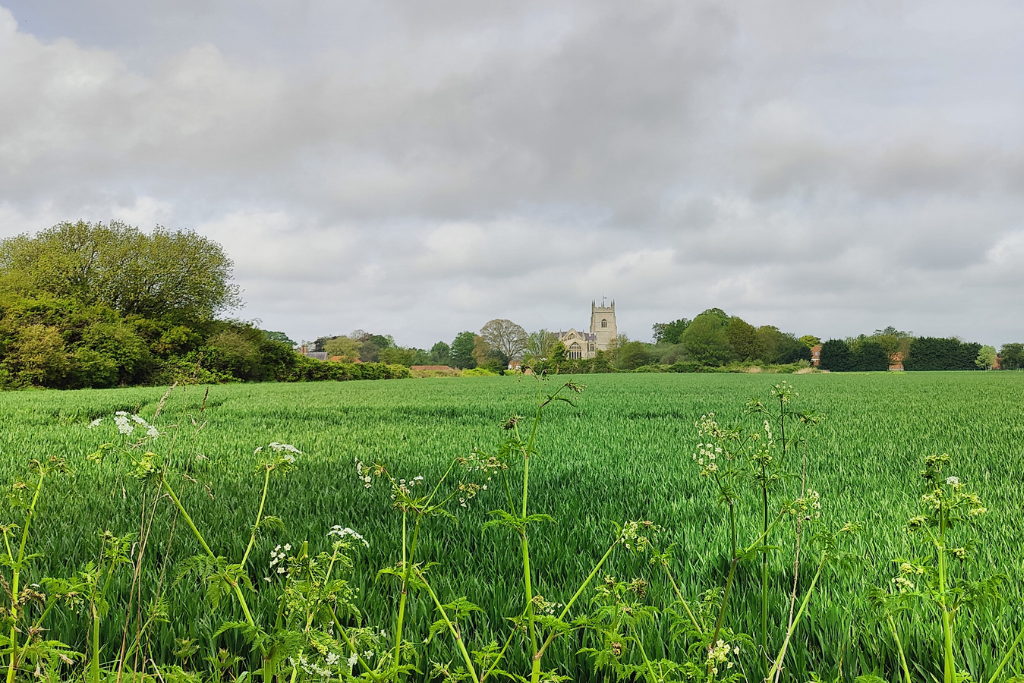
It occurred to me that later, churches would have fulfilled the same purpose. Church spires can be seen from miles around, and not only did they offer a spirituality, they also provided rites and rituals for marking significant life events.
In our increasingly secular world, people are less interested in these things. But we still need them! It seems to me that, as humans, we instinctively attach meaning to places. We remember them as the setting for events in our lives, from the significant to those things that matter only to us. But we do this as individuals, not as communities.
All of this got me thinking. What is it in our local area that might have significance for us? And what does this mean for us as creative people?
The Significance of Places in Our Local Area
I’ve lived in my village in Norfolk now for twenty years, and there are plenty of places round and about that have significance for me. I know the best places to pick blackberries. I know where the elderflowers will be in a few weeks, and which lanes will be so full of hawthorn that the smell of the flowers will be overpowering. There’s the spot where a tree came down in a storm, and I had to negotiate my way round it with my youngest child in a buggy (he’s ten now). There’s the route I used to take when I picked the boys up from primary school, and the walk I did every day during the lockdowns. There are the places I walked with babies in prams, spots that used to be something and are now something else, places where friendships began and others where they ended.
It’s probably similar where you live. There will be places that have significance for you in some way. Perhaps you were walking, or perhaps you were in the car, so they might be further away. I’m all for walking, but I think we have to acknowledge that life changes and the world changes, and walking isn’t the only way we have of getting about.
It might seem like it doesn’t matter very much, but I think having these places that hold significance for us roots us in the place where we live. They are the things that give somewhere its sense of place, and they give us a sense of place too. Even in a small way, they can give us a sense of belonging in that they bind us to the landscape.
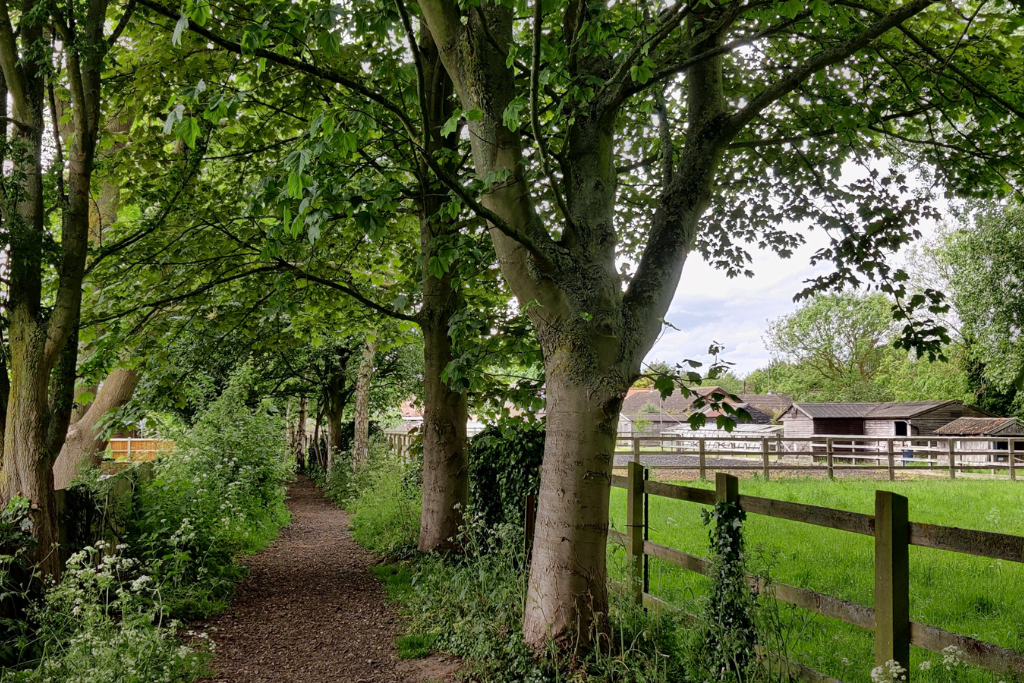
I’ve talked about the artist Dorothy Caldwell before. She is an American born Canadian artist whose work is about a sense of place. She uses stitching, darning and patching to map land and memory in an abstract way. Her website is here.
I’ve said in the past that a sense of place isn’t the same as a sense of belonging, and although I still believe that to be true, a sense of place can bring about a sense of belonging. Like the standing stones, and mounds and groves, it can give us a sense of meaning that’s rooted in our surroundings.
This relates to another thing that I’ve talked about before, and that’s about being part of the created order. We seem to have forgotten that we are living entities with seasons and cycles. We are also part of the landscape, and understanding that we are and how we fit into it by recognising that we are part of it, and it us, binds us to it in a way.
What Does This Mean For Us as Creative People?
For us as creative people, we can use our creativity to explore and express our connections with the landscape and share them with others.
An obvious way to do this is to paint pictures of the landscape, and of course this is fine if it’s what you want to do, but there are other ways as well.
Lucy from Attic 24 has designed ripple blankets inspired by colours in the landscape. She has a coastal one and another inspired by the Yorkshire moors.
Claire Wellesley Smith is an artist who uses dyes made from plants grown on her allotment.
Clearly Lucy and Claire both know what they’re doing, but there are ways that we can use our local landscape too.
Ways We Can Use Our Local Landscape in Our Creativity
I’ve got plans to go into more detail about some of these ideas in future posts, but here are some to get you started.
Use colours from the landscape in a project. Depending on where you live, the colours in your surroundings will shift depending on the season. There’ll be obvious things like blossom in springtime and colourful leaves in the autumn, but the light changes as well. Things in winter often look colder as well as feel colder! So you might find different inspiration in the same places as the seasons change.
Sometimes it can be hard to pick out a few colours. It’s the kind of thing that seems like it should be easy, but in reality can be quite difficult. One thing you can do to make it easier is to take a photo on your phone, and then use photo editing software to pixelate the photo. This turns the photo into blocks of colour, making it much easier to choose a few. The bigger the pixels, the easier it is. I’ve written a post about it here. You might be interested to know that I have a pdf of 15 spring photos for sale on Etsy, with the original photos, a pixelated version of each one and colour schemes based on each photo.
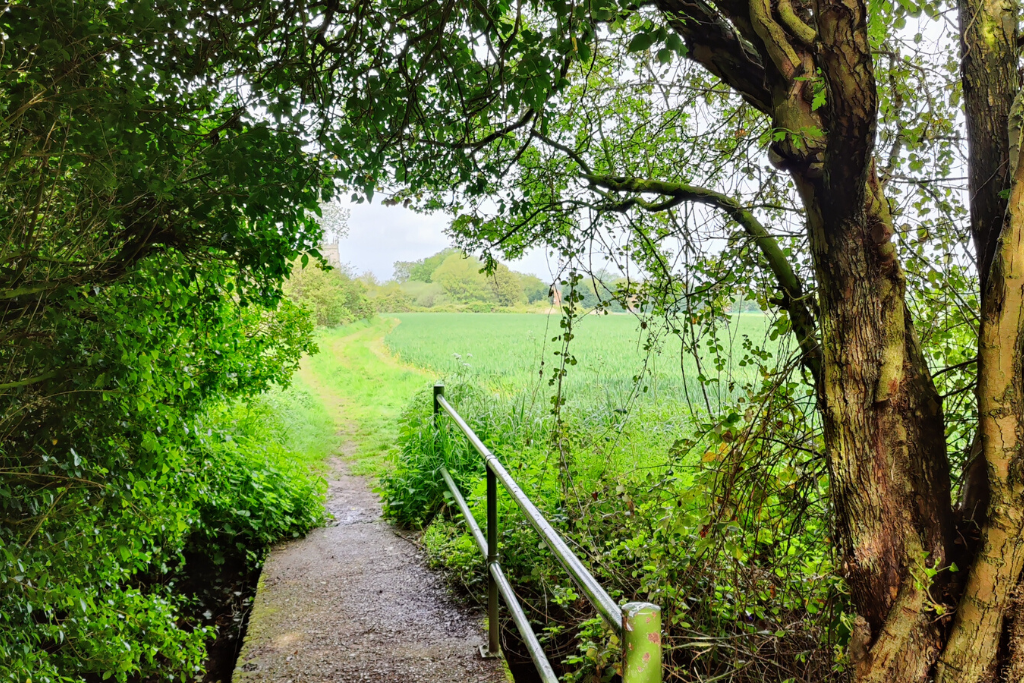
Use ideas and motifs found in the landscape. As well as colours, there might be a way to incorporate local wildlife into a project. For example, if you do embroidery or applique, you could include flowers or birds that are found locally.
Use found objects. It might be possible to take things one step further and actually use bits of the landscape in a creative project. An obvious way to this is in a wreath, but there might be other ways too.
Make dyes from local plants, then make something from the fabric you’ve dyed. East Anglia is known for woad, which is the blue dye that Boudicca and her followers used to make patterns on their faces. Nettles make a lovely soft greeny grey. There’ll be more about this another time! You could carry out your own research and see what you could do.
It is possible to use plant dyes safely, but just be careful because some plants are poisonous. It’s always a good idea to use different pans for dyeing to the ones you use for cooking unless you know for certain that the plant and the resulting dye are absolutely safe.
Make abstract designs from colours which can then be used in other ways. Here in the flat bit of Norfolk, the landscape often looks stripy. It would be perfect for a ripple blanket, or some other design involving stripes. Where you are might lend itself better to squares, or splashes of colour. With a little bit of thought, they could be translated into something. Or you could just make a picture of stripes, blocks or splashes!
Use features in the landscape, either human ones or natural ones. You could use shapes, or lines. It doesn’t have to be too literal, even just an idea that you hint at.
If this is an idea that you find interesting, I hope it’s given you something to think about. Please feel free to share any thoughts you might have in the comments below!
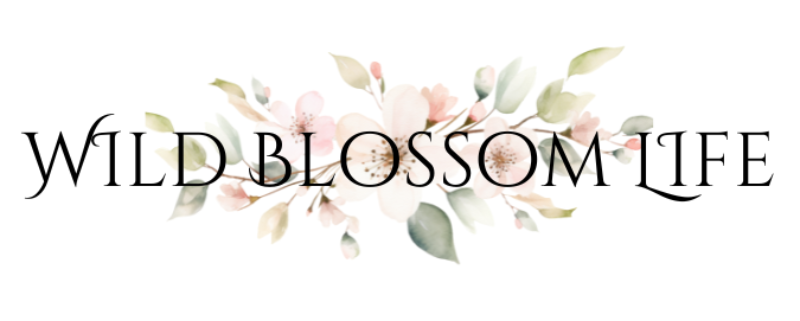
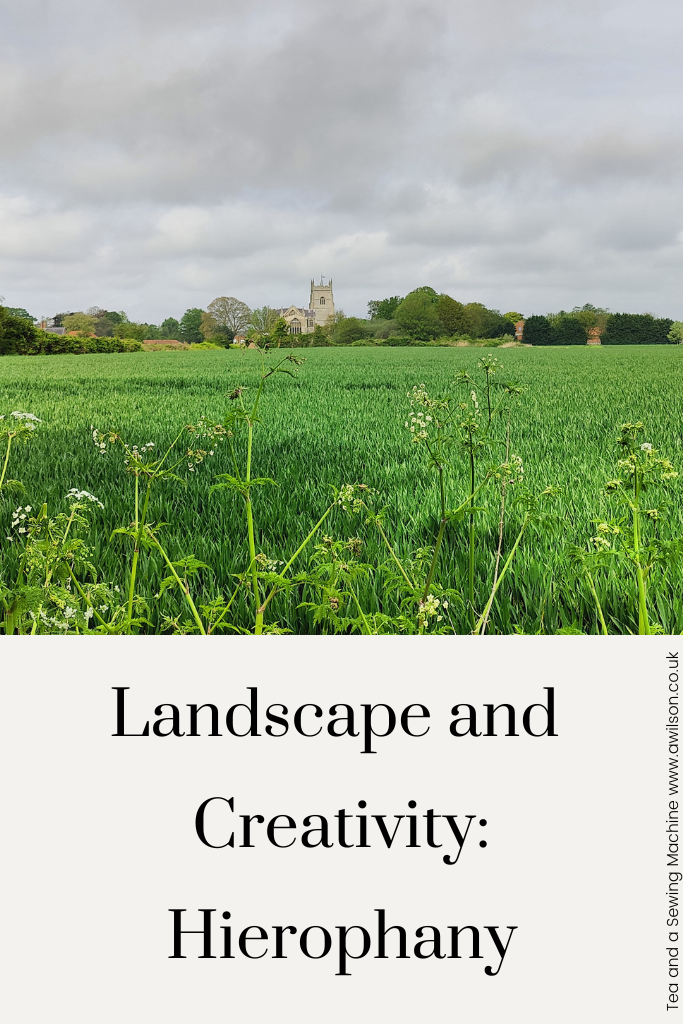
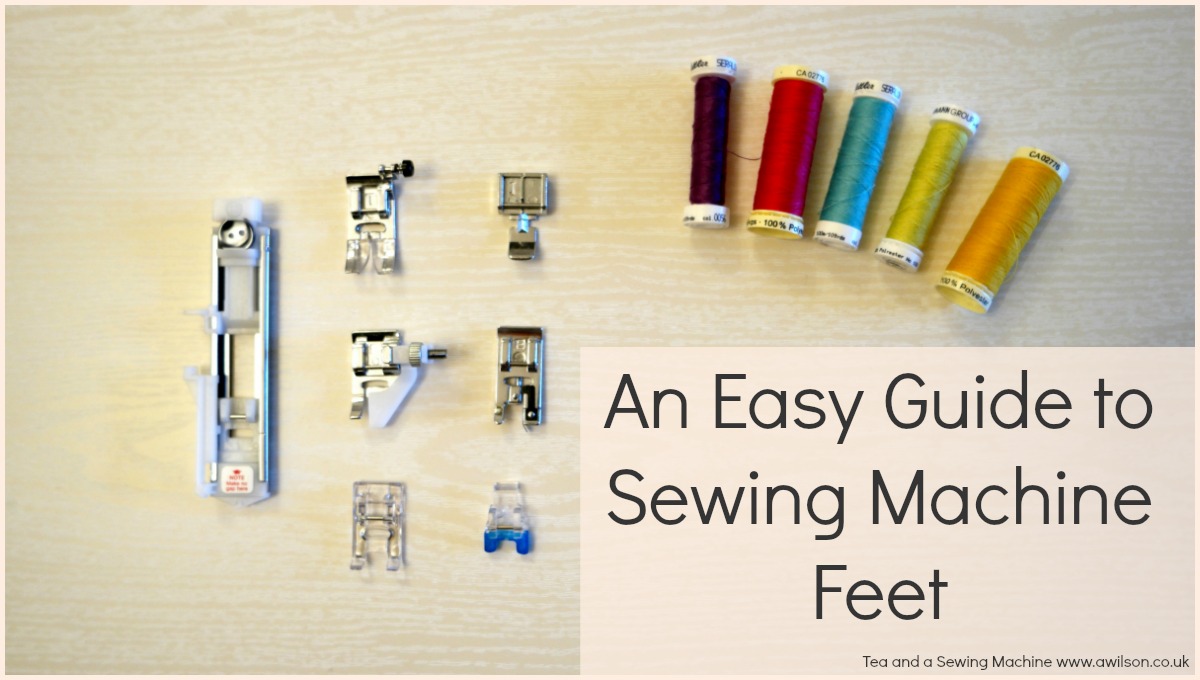
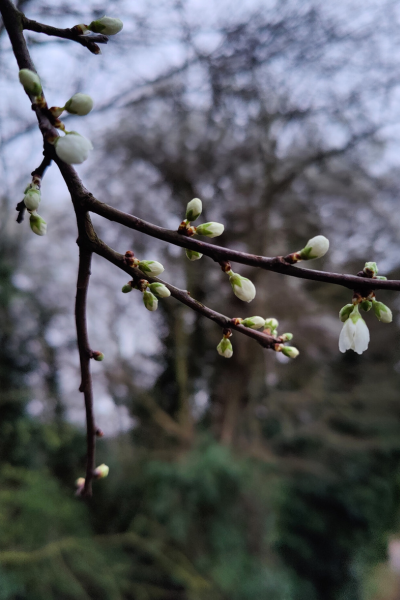
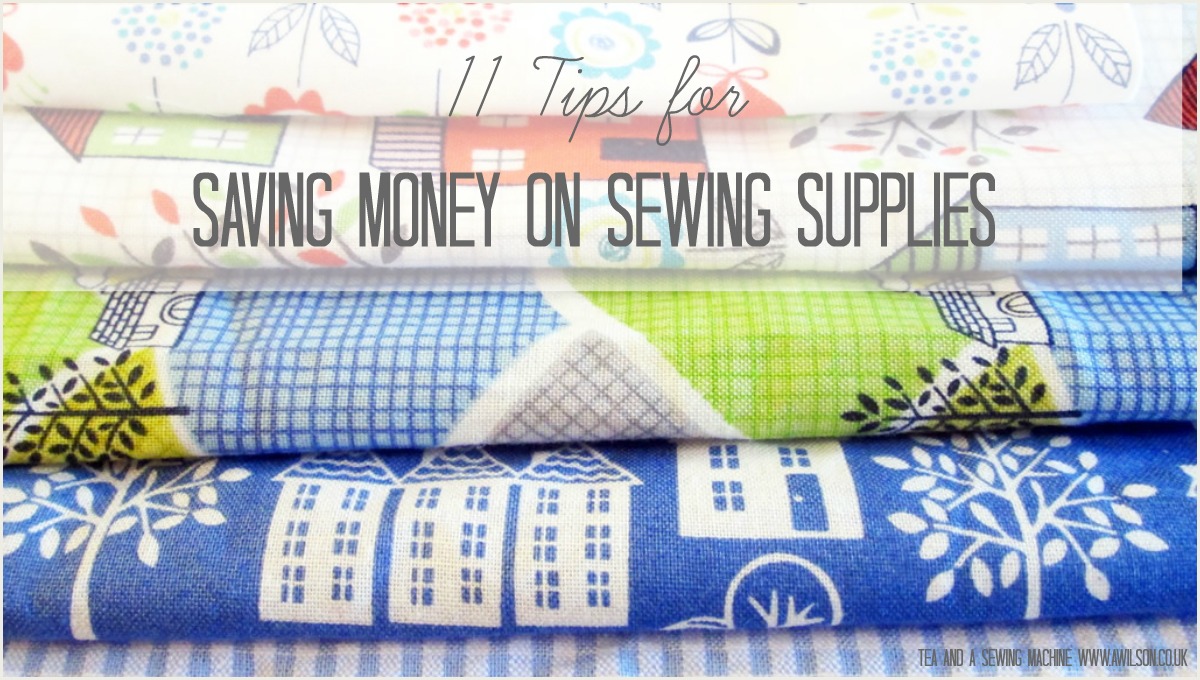
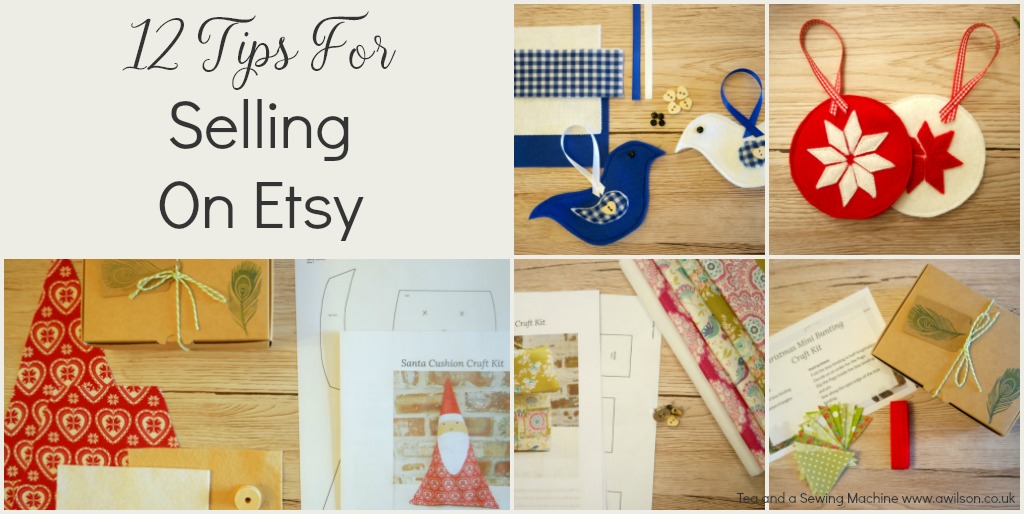

One Comment